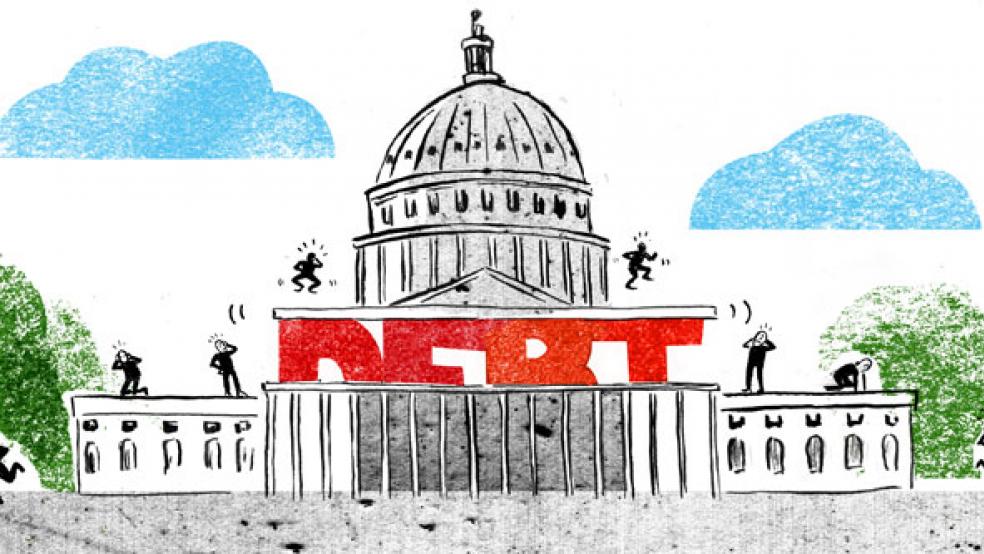It may not amount to a lot more time, but the Congressional Budget Office may have just given Congress and the White House additional running room to negotiate an end-of-year budget deal before the Treasury exhausts its current borrowing authority.
The CBO on Tuesday said in a report that the Treasury Department will begin to run out of cash between mid-November and early December.
If the CBO is right, Congress will have more time for horse trading than Treasury Secretary Jack Lew suggested last month.
Related: The Next Debt Crisis Could Be Much Worse than in 2013, GAO Warns
In July, Lew warned Congress that the government’s use of “extraordinary measures” to continue to finance the government on a temporary basis without breaching the current $18.1 trillion debt ceiling would last through Oct. 30.
At that point, the Treasury would have to begin prioritizing its payments, meaning likely cutbacks in funding for many federal programs and agencies while continuing to pay interest and principal on its borrowing.
Fears of provoking yet another debt ceiling crisis that would threaten a first-ever default on U.S. borrowing have hung over Washington for months. Republicans and Democrats have fought over domestic and defense spending levels for the coming year, new highway spending authority and conservative efforts to slash funding for Planned Parenthood and the Affordable Care Act.
Related: McConnell Vows to Avoid Another Debt Ceiling Crisis
While the difference between Lew’s statement and the CBO prediction may seem small, even a few weeks can be an eternity on Capitol Hill in trying to work out a final agreement – especially with only roughly 60 legislative days left in the congressional calendar for the remainder of the year.
And with Congress riven by partisan and ideological divisions that often lead to political brinksmanship, House Speaker John Boehner (R-OH) and Senate Majority Leader Mitch McConnell (R-KY) may have to pass a short-term continuing resolution to keep the government operating beyond the Oct. 1 start of the new fiscal year. That means lawmakers and the White House could well be slugging it out through the December holidays.
The debt ceiling is the legal limit on how much the Treasury can borrow to pay debts already incurred by Congress; it is not a license to spend additional funds. Even so, opponents of raising the debt often argue that the debt ceiling is symbolic of runaway government spending and should not be increased.
The latest tensions began in March when a debt ceiling limit of $18.1 trillion kicked back in after Congress had temporarily suspended it last year as part of a budget agreement.
Related: U.S. Begins Measures to Buy Time Under Debt Limit
Steve Bell, senior director of economic policy at the Bipartisan Policy Center, said yesterday that he hoped this fall’s congressional debate over spending bills, the debt and other fiscal matters “may lead to larger consideration of a long-term debt stabilization bill.”
“In the meantime, policy makers should take into account the evidence that delaying action on the debt limit can adversely affect markets and out economy,” Bell said in a statement.




